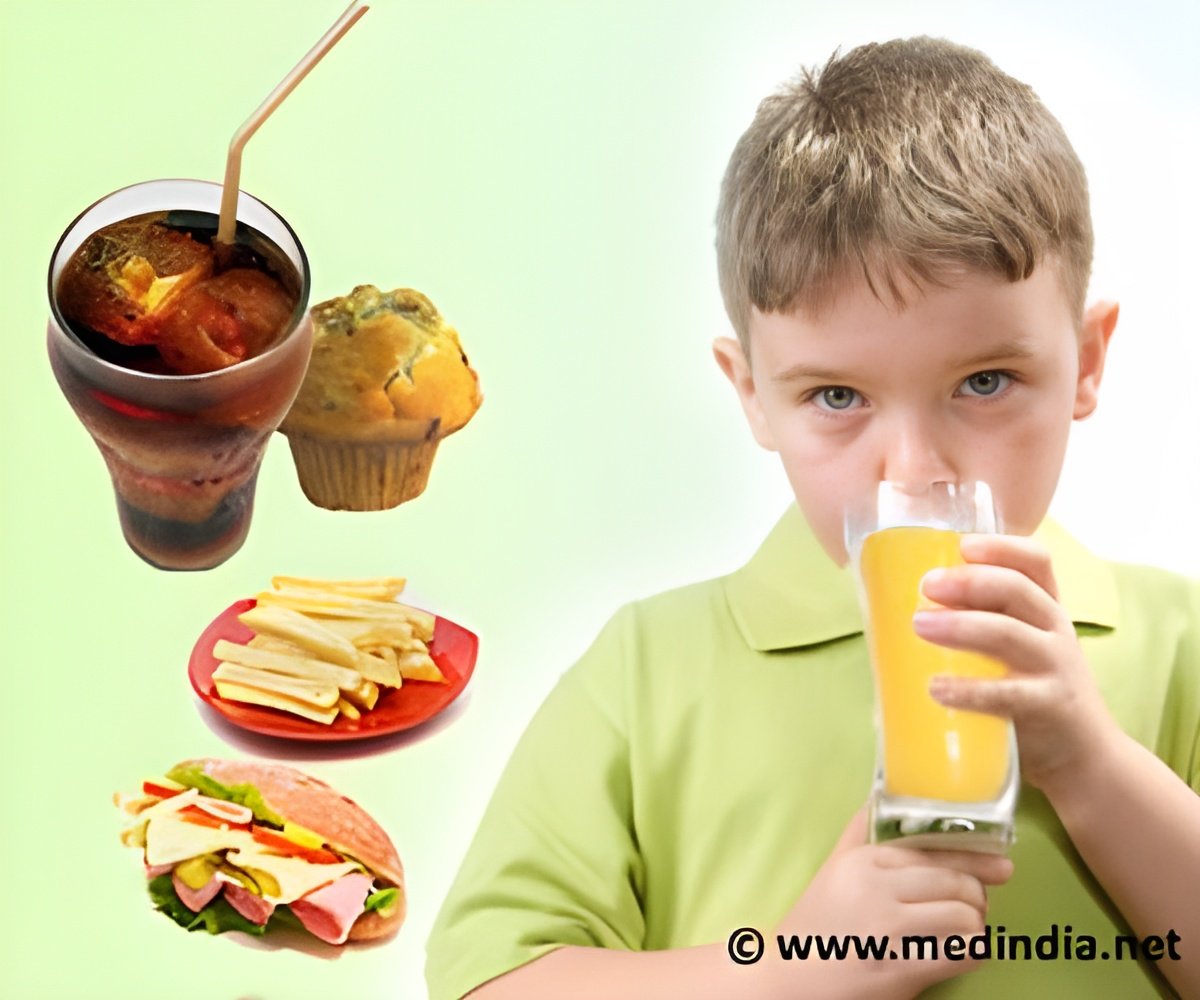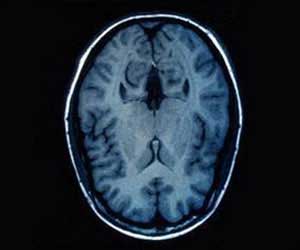Children from poorer backgrounds are more likely to eat junk foods and consume fizzy drinks, in comparison to their financially better-off counterparts.

The poor children also drank less milk and took more fruit juice in comparison to affluent children. This could predispose them to obesity due to the high sugar intake.
It was found that less affluent kids were likely to consume more junk foods such as chips, sweets, chocolate and fizzy drinks. This type of diet was also common in preschoolers and other children, who spent a lot of time watching TV and playing video games, irrespective of their social circumstances.
According to Professor Kate Storey, of the University of Alberta, Canada, the fact that a large percentage of very young kids are consuming huge quantities of soda is a matter of concern. Besides, consuming fruit juices and soda instead of water or milk is quite hazardous to health, as milk and water are important for bones and teeth, and for the general well- being, respectively!
Co-researcher, Dr John Spence observed that dietary behavior of a person is heavily influenced by childhood lifestyles and eating patterns. This study also helped to reiterate that poverty is a lot more than ‘lack of money’ and that many families living in unhealthy places are likely to make unhealthy food choices too.
The explanation for this ‘alarming pattern’ could be that the poorer section is choosing high calorie junk foods as they are cheap and convenient.
Source-Medindia















